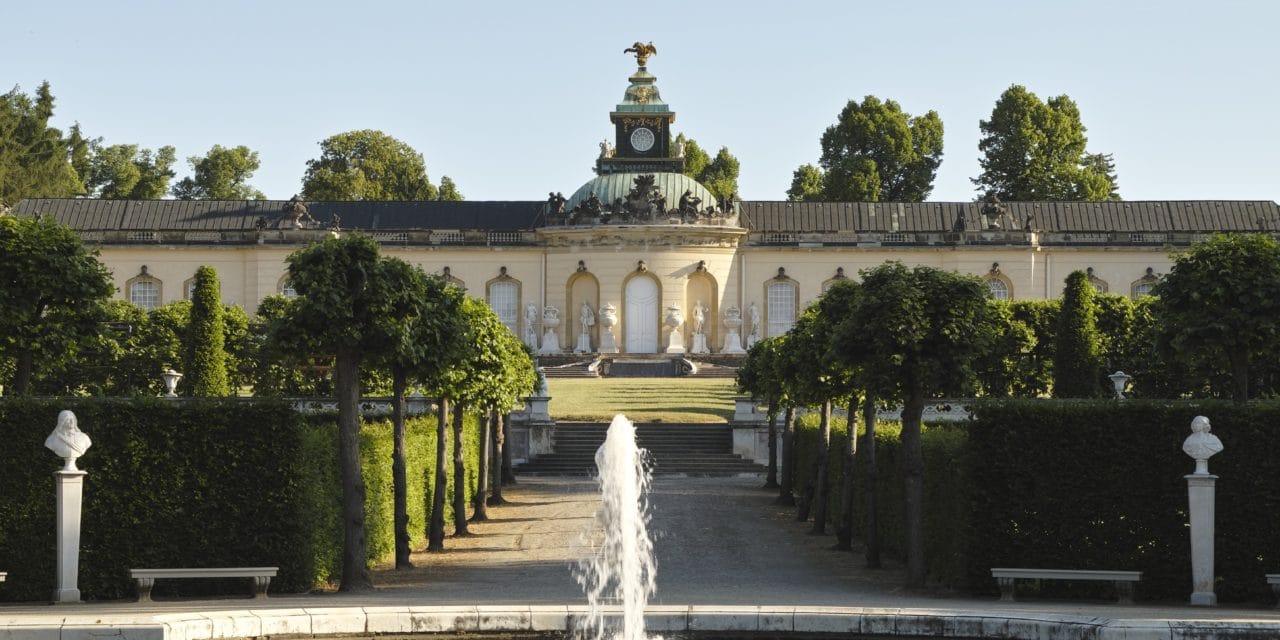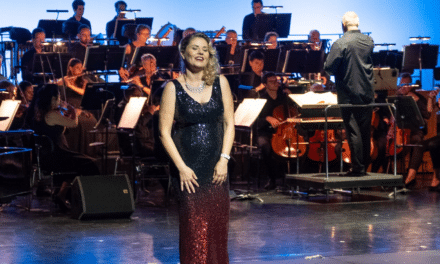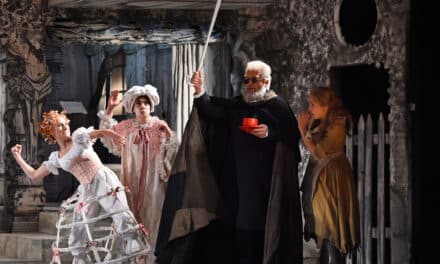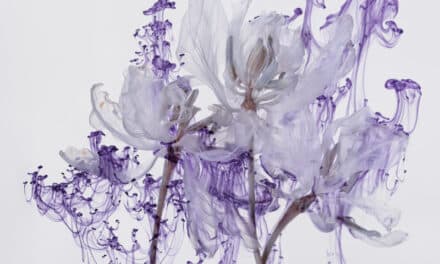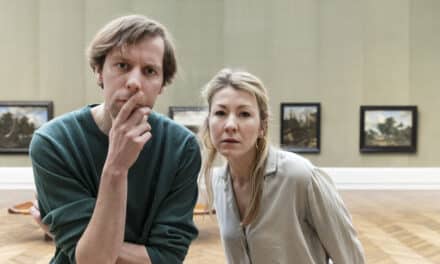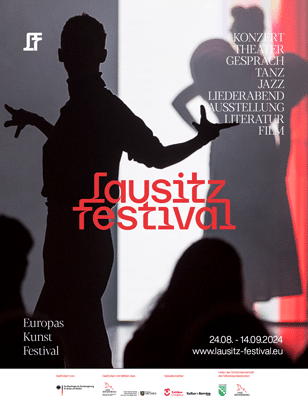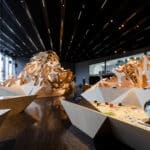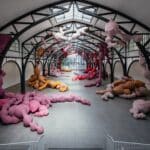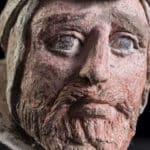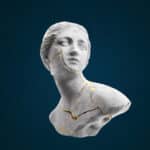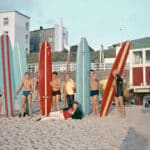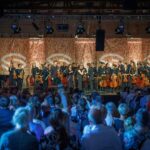No other palace is as closely associated with the personality of Frederick the Great as Sanssouci Palace. The name Sanssouci - without a care in the world - is to be understood as the king's wish and leitmotif, as this is where he preferred to retreat with his dogs. His summer residence was ultimately his favorite place and an important refuge in difficult times.
The location of the palace on the famous vineyard terraces and the original 18th century room furnishings allow visitors to immerse themselves in the world of the "Philosopher of Sanssouci". The rooms are characterized by elegance and stylish splendour. However, they also clearly reflect the king's love for the magnificent surroundings, the "Prussian Arcadia".
Sanssouci Palace also includes the magnificent Picture Gallery and the New Chambers Palace.
It is noteworthy that the king wanted to be buried in a crypt on the highest vineyard terrace. Even in death, he wanted to be close to his Sanssouci. His wish was fulfilled, although not until 1991. Frederick the Great's tomb is located on the upper terrace.
The picture gallery at Sanssouci: magnificently framed
The picture gallery is one of the most magnificent 18th century buildings in Europe built specifically for an art collection. It is also the oldest surviving gallery building in Germany. Frederick the Great had it built from 1755 to 1763/64 next to the Sanssouci and New Chambers palaces for his new collection of paintings. Here he presented almost 180 top works of Flemish and Dutch Baroque painting as well as Italian Renaissance and Baroque alongside outstanding antique sculptures and French sculptures from the 18th century.
On the simple exterior, the complex sculpture program with allegories on the training of artists and the practice of art sets the mood for the purpose of the building. The interior surprises with its magnificent design: gilded ornaments and precious floors made of yellow and white marble, a colored stone inlay floor, paintings, gilded carved frames, antique and baroque sculptures as well as stucco allegories of the arts and sciences high above the heads of the visitors form a unique compendium of the arts. Even today, over 140 top-class paintings from the 16th to 18th centuries can still be seen in the gallery, including Caravaggio's "Unbelieving Thomas", five works by Anton van Dyck, seven works by Peter Paul Rubens, including "Saint Jerome", as well as paintings by Jan Lievens, Jacob Jordaens, Thomas Willeboirts Bosschaert, Gerard de Lairesse, Carlo Maratta and Ciro Ferri, among others. They are complemented by French statues from the original 18th century furnishings and antique busts.

